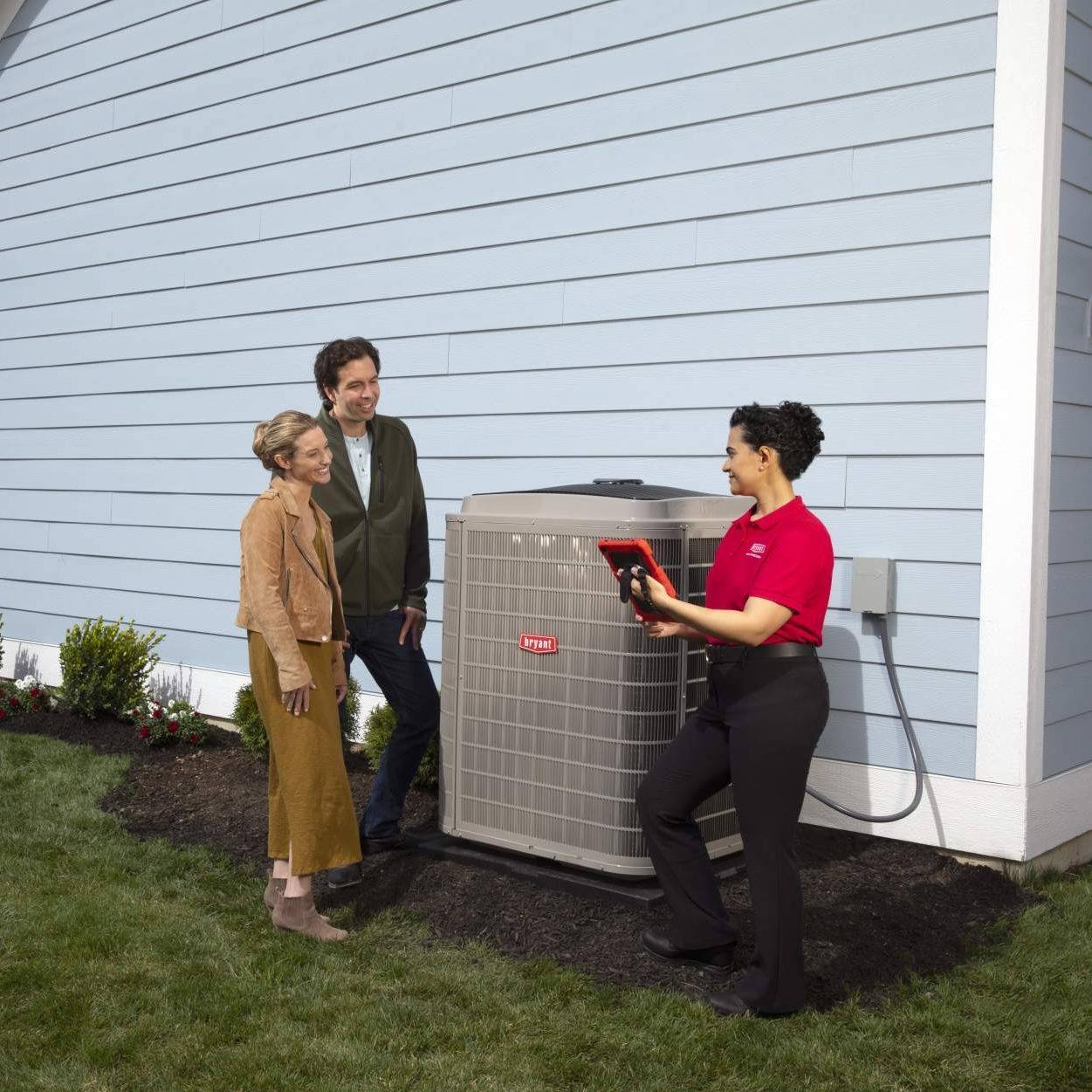
Outstanding HVAC Service. Exceptional Workmanship.
Our experience translates into specialized knowledge, hands-on understanding, and the full suite of resources to quickly and successfully resolve those challenges that cause others to struggle. We’ve proven that tailoring our recommendations to suit the specifics of each job achieves the outcome you’re looking for. Trust our NATE-certified technicians to provide valuable insight, exceptional service, and cost-effective heating and cooling solutions for your living or working space.
Call on Heating & Cooling Two, Inc. for Reliable Heating and Cooling Service
Located in Maple Grove, Minnesota, Heating & Cooling Two, Inc. is never surprised by the local weather. Our end-to-end sales and service are designed to deliver energy-efficient, reliable, and sustainable comfort. As a Bryant Factory Authorized Dealer, we keep up with innovation and offer a sophisticated line of smart technology. Schedule new construction installation, retrofit, replacement, repairs, and seasonal maintenance with us. Our professional services achieve the highest value from investment, and we remain on-call for emergency assistance round-the-clock across Rogers, Dayton, Osseo, Champlin, Maple Grove, Otsego, Brooklyn Park, Plymouth, Corcoran, Anoka, Brooklyn Center, Medina, New Hope, Crystal, Wayzata, Orono, and Minnetonka, MN.


